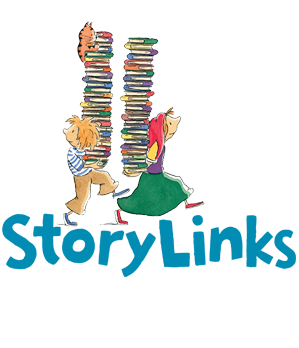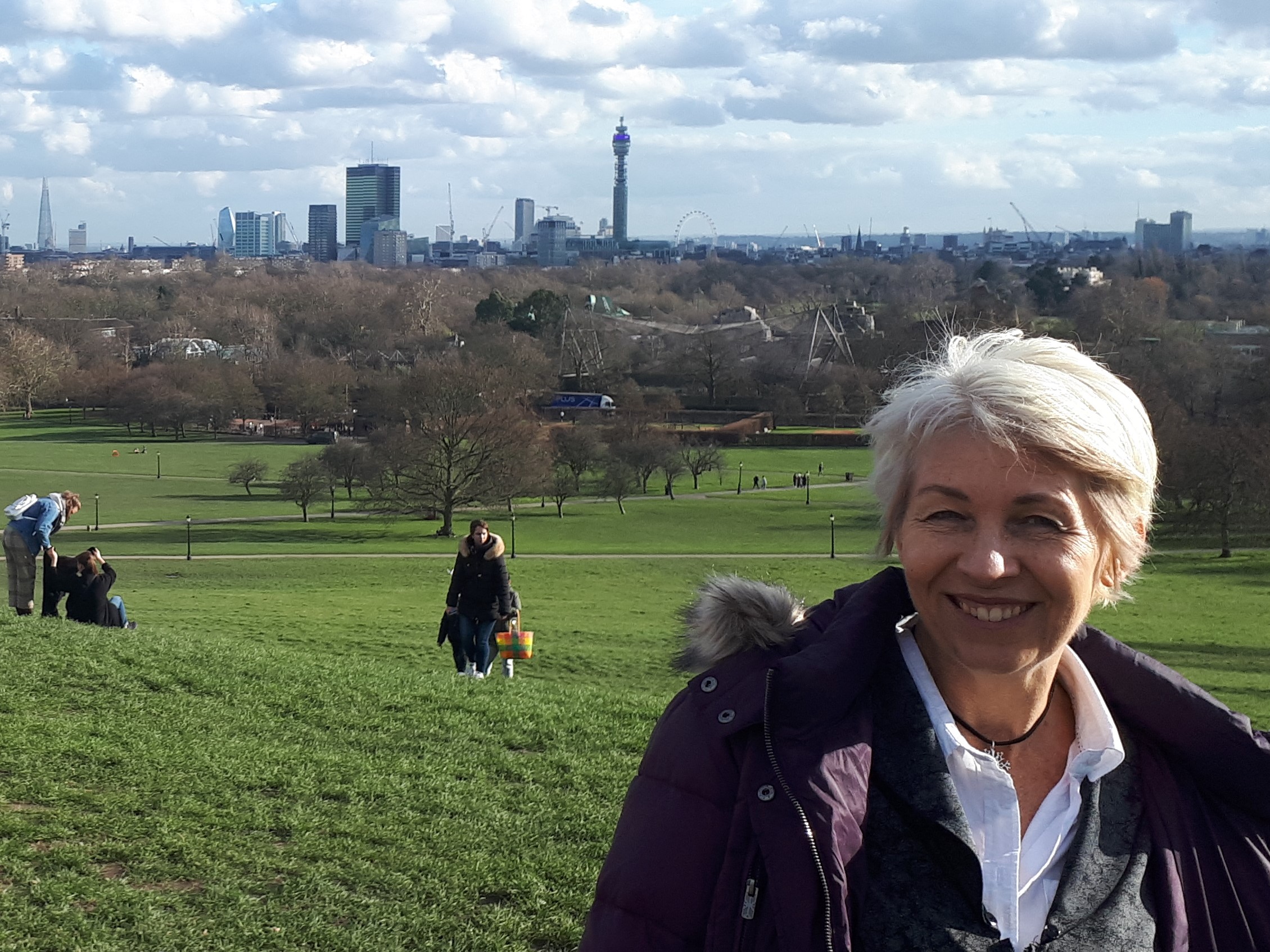




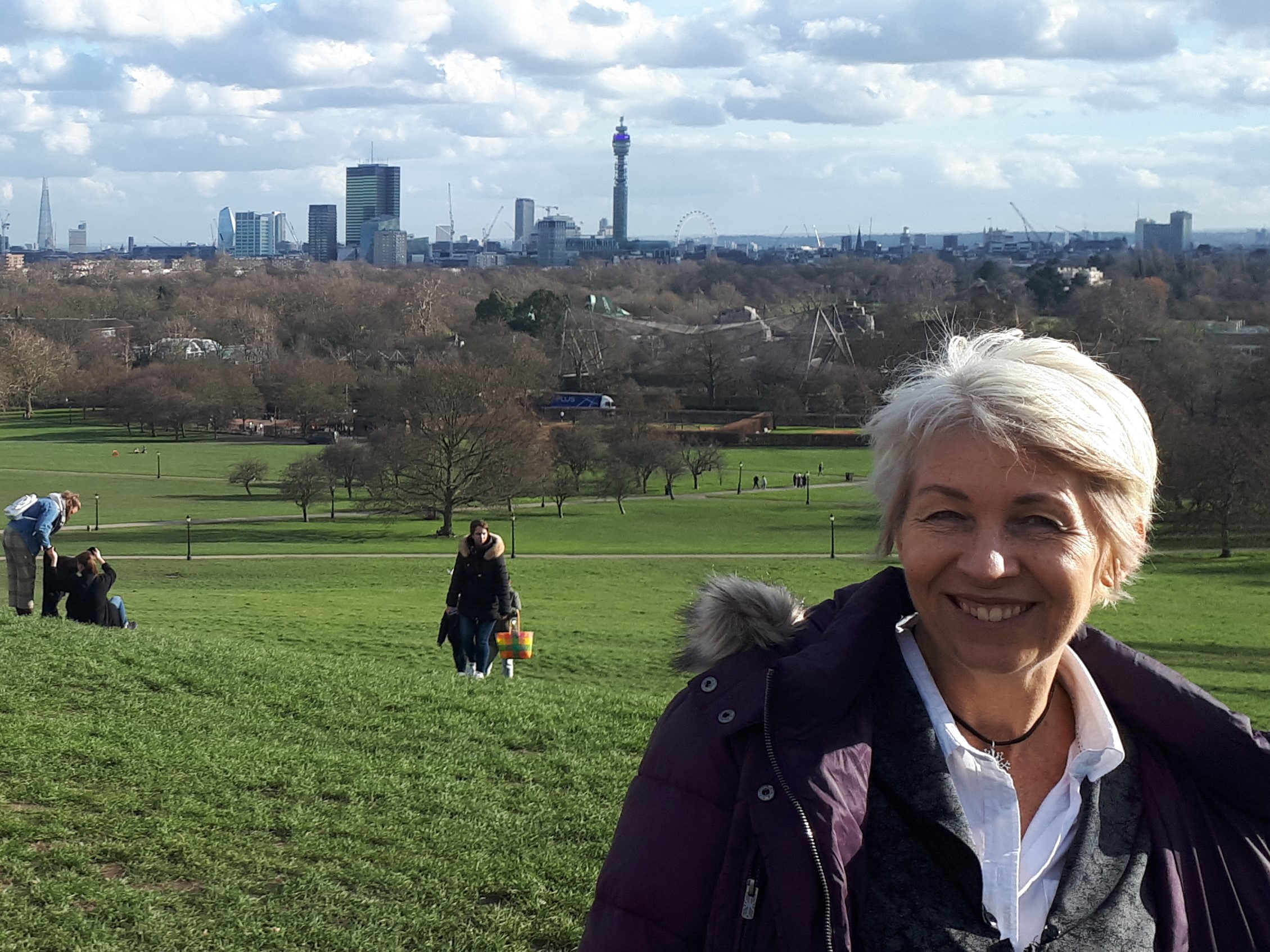
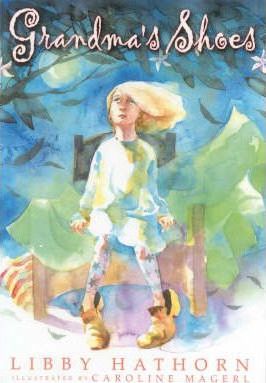 n an adventure and had just come to the edge of a wood. That place, its mood, and those four travellers so engrossed me … it was as if I had stumbled onto something. But I had no idea what was coming next. As I sat there chewing my pencil, moodling as to what might occur, my elbow slipped off the table. The pencil went up my nose and a substantial nosebleed followed. I never finished that story and those four are still out there in the woods, waiting for that trilogy I was going to write. Maybe they run a craft beer outfit now… I really should visit them.
n an adventure and had just come to the edge of a wood. That place, its mood, and those four travellers so engrossed me … it was as if I had stumbled onto something. But I had no idea what was coming next. As I sat there chewing my pencil, moodling as to what might occur, my elbow slipped off the table. The pencil went up my nose and a substantial nosebleed followed. I never finished that story and those four are still out there in the woods, waiting for that trilogy I was going to write. Maybe they run a craft beer outfit now… I really should visit them.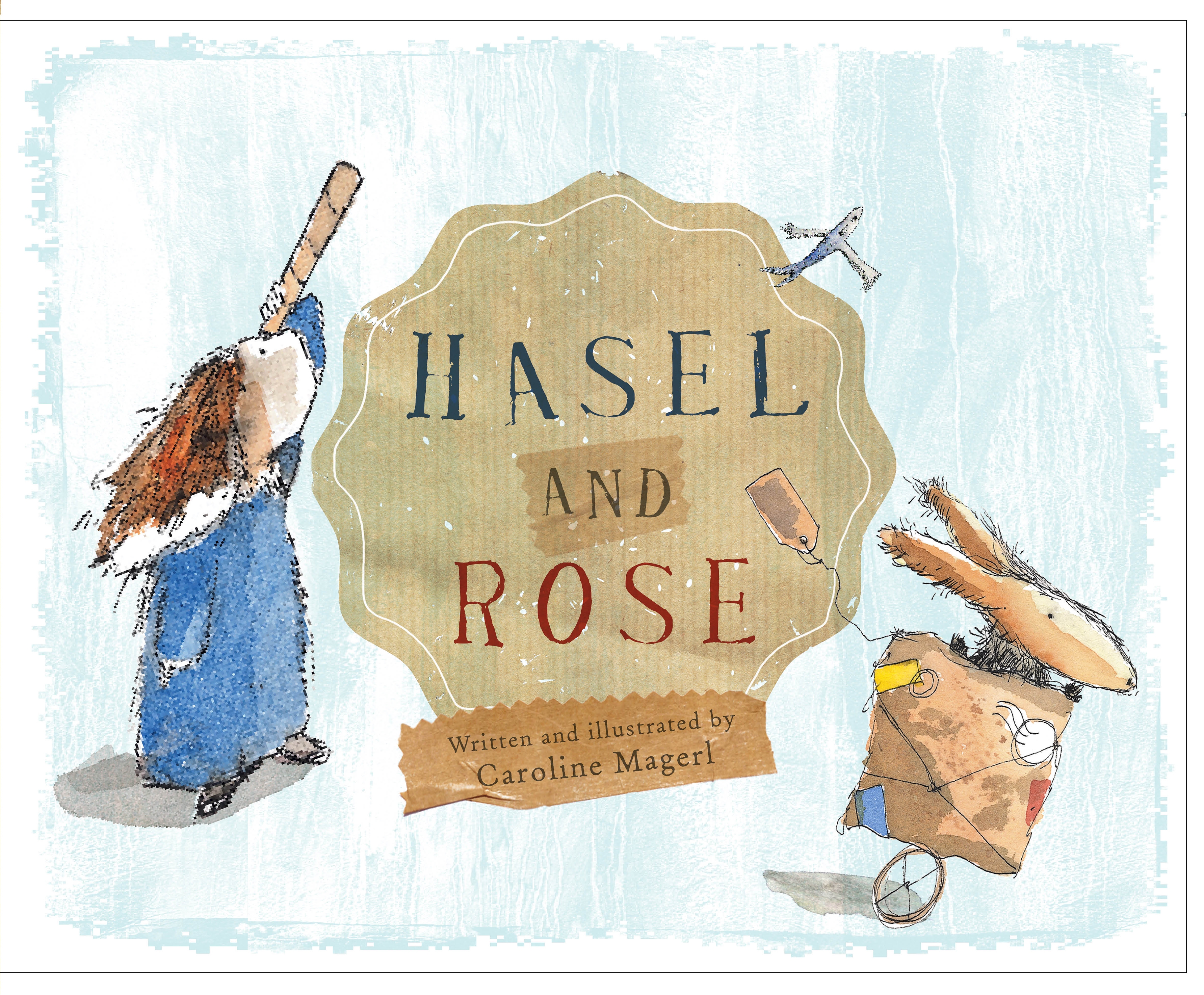 My desire to write stories did eventually emerge again, happily coinciding with the arrival of our daughter, Jen. I had made her a toy, and somehow, that little cloth rabbit began to work in my imagination. I drew the rabbit and wrote ‘Hasel was made with tiny stitches, and inside her was a red glass heart.’ That was the beginning of my first picture book, Hasel and Rose.
My desire to write stories did eventually emerge again, happily coinciding with the arrival of our daughter, Jen. I had made her a toy, and somehow, that little cloth rabbit began to work in my imagination. I drew the rabbit and wrote ‘Hasel was made with tiny stitches, and inside her was a red glass heart.’ That was the beginning of my first picture book, Hasel and Rose. Maya and Cat has been a great experience from the start, in that I enjoyed the people I worked with, especially Donna Rawlins and Linsay Knight.
Maya and Cat has been a great experience from the start, in that I enjoyed the people I worked with, especially Donna Rawlins and Linsay Knight.Error: Contact form not found.
